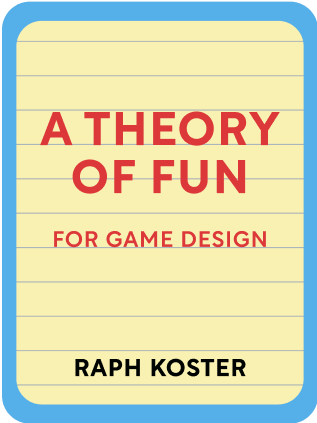

This article is an excerpt from the Shortform book guide to "A Theory of Fun for Game Design" by Raph Koster. Shortform has the world's best summaries and analyses of books you should be reading.
Like this article? Sign up for a free trial here .
Is there such a thing as a game that would satisfy every player? Do different genders prefer different game types?
According to Raph Koster in A Theory of Fun for Game Design, there is no such thing as a universal game. This is because everybody enjoys games differently based on factors such as intelligence type, personality, and gender.
Here is why you shouldn’t try to make a universal game.
Different Games are Fun for Different People
Are you a game designer and trying to create a universal game? Well, stop now because there is no such thing as a universal game—everybody is different and enjoys different things. For example, people with different natural strengths will gravitate toward puzzles they can solve.
This is why some people prefer sports over Scrabble.
Matching by Intelligence Type
One model of how people vary in their capabilities is the different types of intelligences. These include:
- Linguistic
- Logical-mathematical
- Bodily-kinesthetic
- Spatial
- Musical
- Interpersonal
- Intrapersonal
People with strengths in a particular intelligence tend to enjoy games that cater to that intelligence.
Matching to Personality
People may play games that match their personalities. For example, social people play games that interact with others, such as Farmville. People who enjoy aggregating resources and building up abilities may enjoy role-playing games.
Differences Between Genders
Research shows that genders differ in their preferences and strengths, and this suggests they may also enjoy different games.
Note that the differences between genders are shown in population averages. Variations between individuals are greater than the variations between population—even if men show a stronger trait than women on average, there are plenty of women who show that trait more strongly than the average man.
Research has shown these trends by gender:
- Males are worse with language skills. Females are worse with certain types of spatial perception.
- Men generally tend to have systematizing brains; women have empathizing brains.
- Some argue that boys suffer disproportionately from the autism spectrum because these are extremes of the systematizing brain.
- Men tend to learn by trying. Women tend to model others’ behavior.
- Women have faster reactions to stationary objects, whereas men have faster reactions to moving objects.
Many of these gender differences are disappearing over time, so they may be an artifact of culture and how we raise kids of each gender.
Games have historically been associated with males. This might be because it suited their brains, and games were designed by people with the same bias.
Female players tend to gravitate to games with more emphasis on relationships, narrative, and empathy. They tend to avoid games with complex abstract systems and spatial reasoning.
- Most popular among women are puzzle and parlor games.
As males age, they show hormonal shifts that bring them closer to women. Thus, you’d expect their play styles to shift over to be similar to women.
- As partial evidence, men convicted of violent crime show higher testosterone levels than nonviolent criminals. Likewise, men with lower testosterone might prefer games with less typically-male traits.
Research shows that girls who play “boys’ games” like sports tend to break out of traditional gender roles.
- In contrast, co-ed settings where boys and girls are together tend to further polarize the genders. Each gender is driven away from the areas they are supposed to be weaker in.
There Is No Universal Game
Given all this variation between people’s preferences, it’s impossible for any single game to appeal to everyone. The difficulty ramp will be wrong for many people, and what the game teaches may not match everyone’s preferences.
Since games are formal abstract systems with rules to understand, they bias toward systematizing brains.
- Books are biased in the same way—most books purchased by women, half by people over 45.
To learn orthogonal skills, consider playing games you don’t get, games that don’t appeal to your nature. This might be the area where you can most stretch your capabilities.

———End of Preview———
Like what you just read? Read the rest of the world's best book summary and analysis of Raph Koster's "A Theory of Fun for Game Design" at Shortform .
Here's what you'll find in our full A Theory of Fun for Game Design summary :
- What makes games fun
- Why it's important for games to have a learning component
- Whether or not games should be considered art






